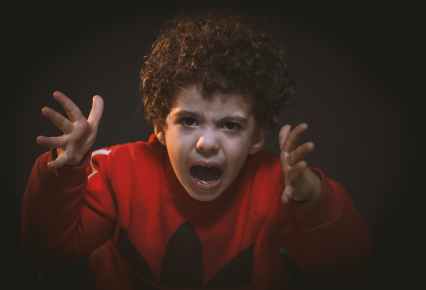CONTENTS
Nasal congestion is one of the most common situations that children below the age of three often experience. It is also the most misunderstood condition that often sends parents into a panic mode. Many of us actually start to think that this could be the symptom of sinus, but in kids, it’s hard to tell! We will dive deep and discuss sinusitis symptoms in an upcoming blog post. For now, let’s focus on – blocked nose – Dos and donts, seasonal nasal congestion, and ways to treat them in kids.
Causes of nasal congestion:
Nasal congestion can have causes that are not serious or disease-related. Swollen nasal passages may be due to dust allergies, tobacco smoke, strong perfumes, pollution or infections. Monsoon or changing seasons make children more susceptible to nasal congestion because of flu and the common cold is in the air.
Signs of nasal congestion:
The tell-tale signs of nasal congestion may not be as easy to identify in 0-1-year-olds, as they are unable to communicate the type and degree of discomfort. Difficulty in breathing, constant crying, irritability, nasal discharge, noisy nasal breathing, difficulty in sleeping, snorting, sneezing, low-grade fever, resistance to lying down or snoring could be symptoms of nasal congestion in children less than a year old. Older children (from 1 to 6 years of age) can be more communicative about their discomfort and may also complain of headaches, ear pain, difficulty in swallowing, and nausea.
Despite it being established that nasal congestion isn’t serious, a blocked nose can be extremely uncomfortable for kids, especially if they are less than three years old.
Firstly, children are generally nose breathers. A blocked nose causes difficulty in breathing. Due to this, the child can get very cranky.
In addition, there is also a loss of appetite and general crankiness because the blocked nose makes the child very uncomfortable. Toddlers or breastfed babies find it especially uneasy as they are obligatory nose breathers.
Treatments:
The most common treatments for nasal congestion include using a humidifier at home and rinsing the inside of the nose with saline solution. If symptoms are allergy-related, pediatricians may also prescribe antihistamines.
Here is a list of things you can DO to make your child comfortable:
1. To elevate the head when your child is asleep. But be careful with pillows around young children and keep in mind the risk of suffocation. Place a pillow under the mattress or top-sheet, instead of on it.
2. Do use warm steam You can simply turn on the hot shower in the bathroom. Close the doors and sit with your child in the bathroom for at least 15 minutes. Warm steam helps loosen clogged up nasal secretions.
3. Saline solutions that are specially made for babies below one year – such as Nasivion Mini (baby) Nose Drops 0.01% – are ideal because the active ingredient Oxymetazoline provides relief for up to 12 hours. For older children, Nasivion 0.025% may be a better idea. Since toddlers or younger babies can’t blow their own noses to clear the mucus, the saline solution will help thin it out. Being simply a sterile mixture of salt and water, it is absolutely safe to use. Please check the Nasivion website for the dosage details.
4. Do make sure the baby drinks lots of fluids. Hydration can help in thinning out the mucus, so it can flow out of the cavity.
Here are some of the DON’TS you must follow in case your child has nasal congestion:
1. Don’t give over-the-counter cough and cold medicine to your child unless your doctor advises so. OTC medications can have serious side effects.
2. Don’t smoke around your child as cigarette smoke can make congestion worse.
3. Don’t ignore mucus that is yellow or green in color.
4. Don’t ever blow into one of the baby’s nostrils to clear the other one. This old wives’ remedy is actually quite dangerous.
The best thing to do during nasal congestion is to keep the nostrils clear as much as possible. Saline drops are the best, safest, and fuss-free way to do that. But, remember to consult your pediatrician before using the product.
by Aarti Kapoor Singh




Hello Aarti,
These tips are very handy for every mother struggling to relieve nasal congestion in her child.
Being a doctor, I would also recommend adding Vitamin C rich diet to the child’s daily routine. It won’t clear the congestion but would boost the child’s immunity and check the prolongation of cold.